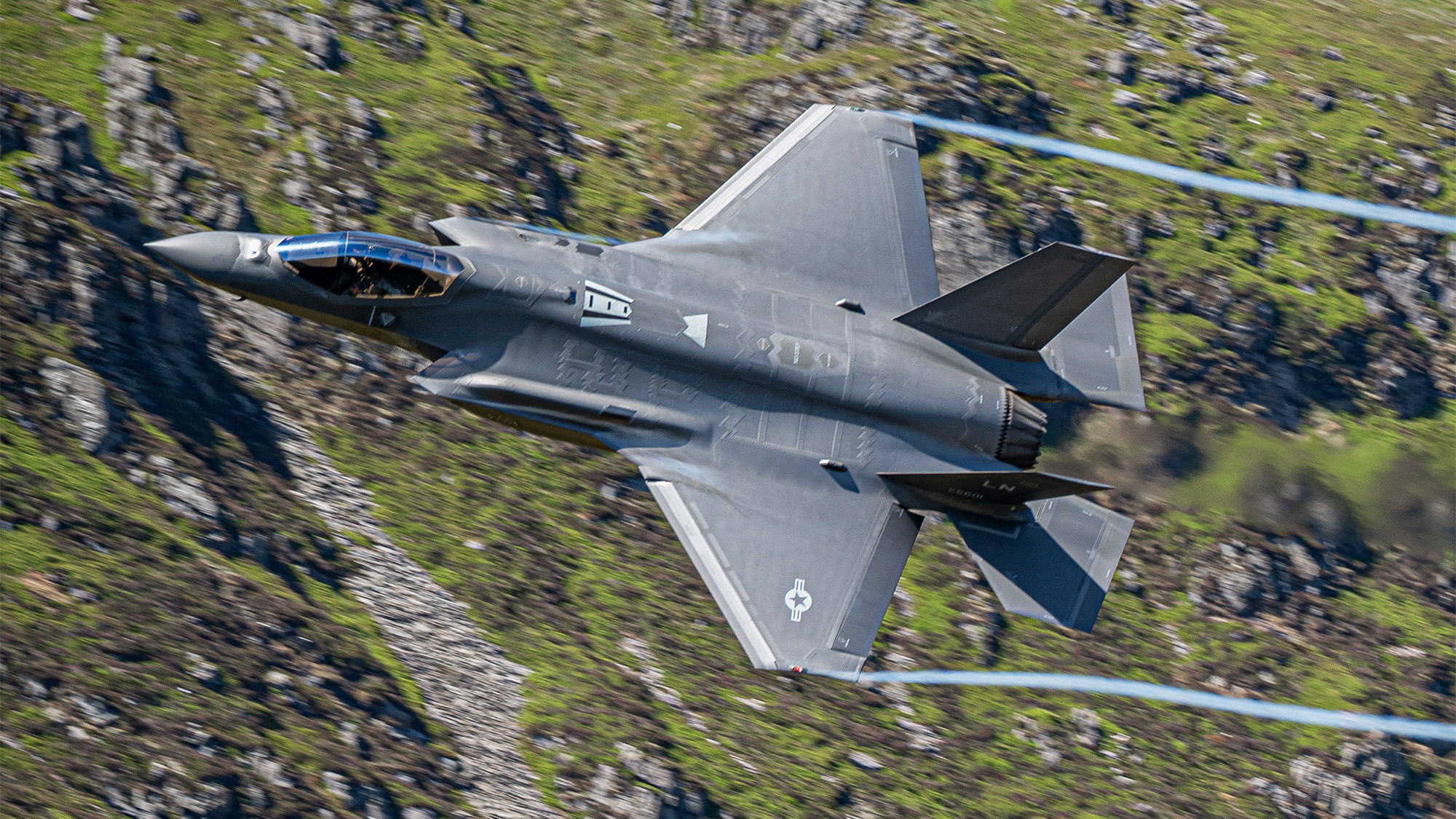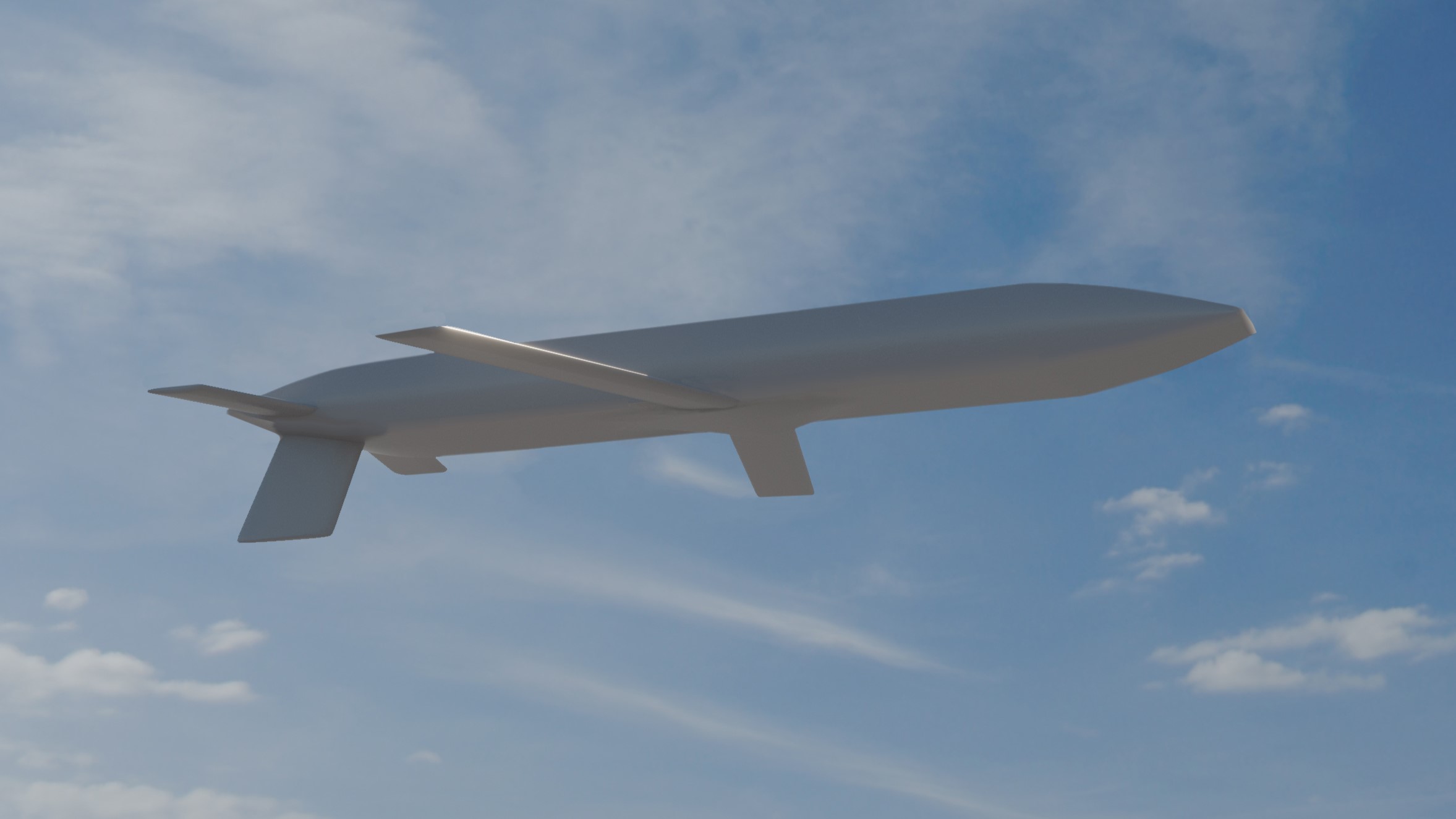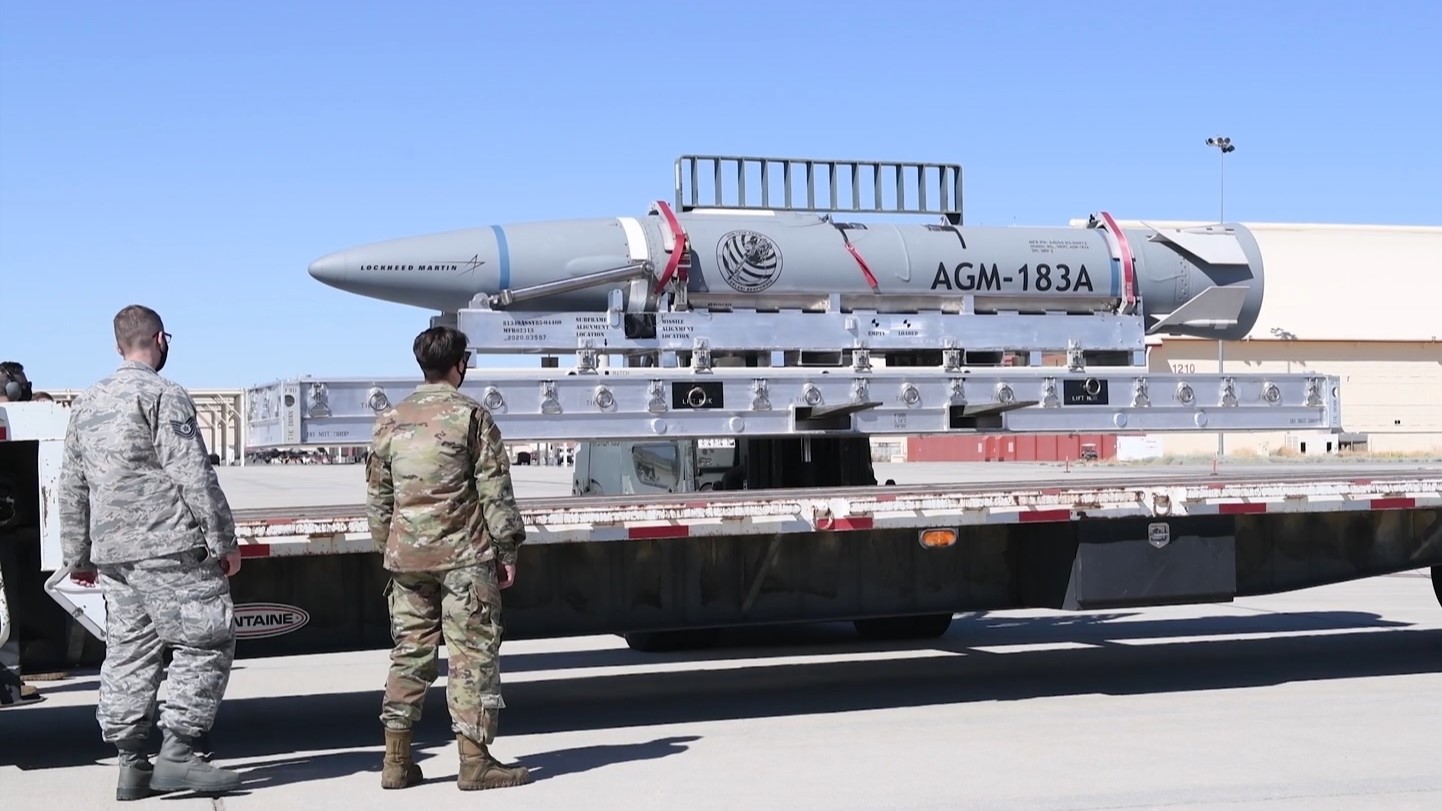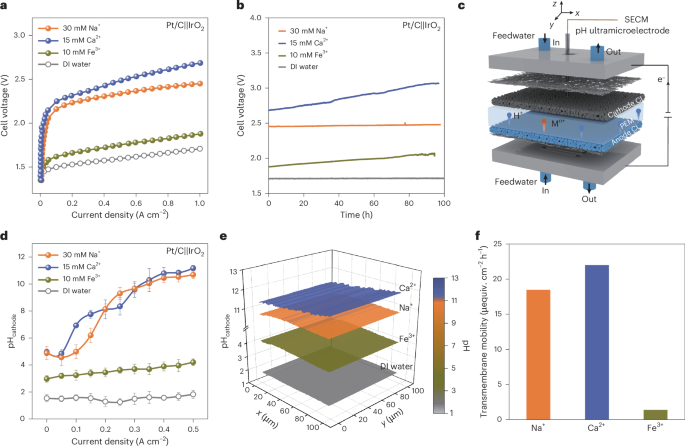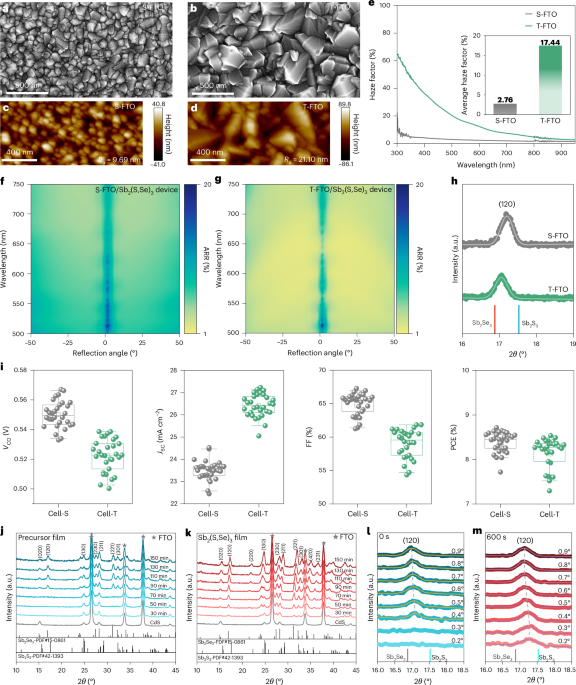After $885 million, GAO warns it’s ‘unclear’ if Navy’s major UUV program will become program of record
The Navy plans to concurrently test its one XLUUV prototype this year while accepting new vehicles from prime contractor Boeing, according to GAO.


Then-Chief of Naval Operations Adm. Lisa Franchetti toured Boeing’s Orca Extra Large Unmanned Undersea Vehicle (XLUUV) manufacturing facility and met with Boeing contractors and sailors assigned to Unmanned Undersea Vehicles Squadron (UUVRON) 3. (U.S. Navy photo by Chief Mass Communication Specialist William Spears)
WASHINGTON — The Navy’s Extra Large Unmanned Undersea Vehicle program may not transition to a program record following eight years and approximately $885 million spent on its development, according to a new report by government auditors.
“It is now unclear whether the Navy will transition the XLUUV to a program of record because there are no clear requirements that the XLUUV can meet within current budget constraints, according to officials,” the Government Accountability Office wrote in its annual weapon systems assessment published today.
XLUUV is the Navy’s largest developmental unmanned undersea vehicle program, initiated in 2017. In 2019, the service tapped Boeing to begin fabricating prototype vehicles. In 2023, the Navy took receipt of the first prototype.
Fast forward to 2025 and the program has had numerous reported delays from its initial schedule. According to GAO, the Navy now expects five prototypes delivered by the end of this year, which reflects a three-month delay compared to last year’s estimates and a several-year delay relative to initial projections.
Programs of record reflect which technologies the Pentagon has successfully developed, tested and matched to a service’s specific needs and mission sets. The implication of XLUUV not transitioning is certain to bring scrutiny from lawmakers — some of whom are keenly aware of the program’s problematic history — and what fruits of the Navy’s labor have been gained from the taxpayer dollars spent on it.
Breaking Defense has reached out to the Navy and Boeing for comment on GAO’s report.
On its website, Boeing describes the XLUUV as “a first-of-type extreme endurance autonomous platform, delivering an unprecedented package of capacity, mission flexibility and reliability.” It says the vessel is “capable of open ocean transit, bottom following, and long-duration moored operations on the seabed. Smaller UUVs do not have this endurance and range capacity.”
The Navy last year identified several “critical technologies” for XLUUV that have had “ongoing technical challenges,” including autonomy, battery endurance and navigation, according to GAO. Auditors write the Navy will begin operational testing while concurrently accepting the five prototypes from Boeing this year.
“Changes to XLUUV payloads to meet other requirements or capability gaps would require the Navy to pay the contractor to modify the XLUUV’s proprietary software, according to officials,” the GAO wrote. “However, officials said that the modular design of XLUUV software and payload modules provides hardware flexibility and supports the potential for adopting an iterative approach.”


















































































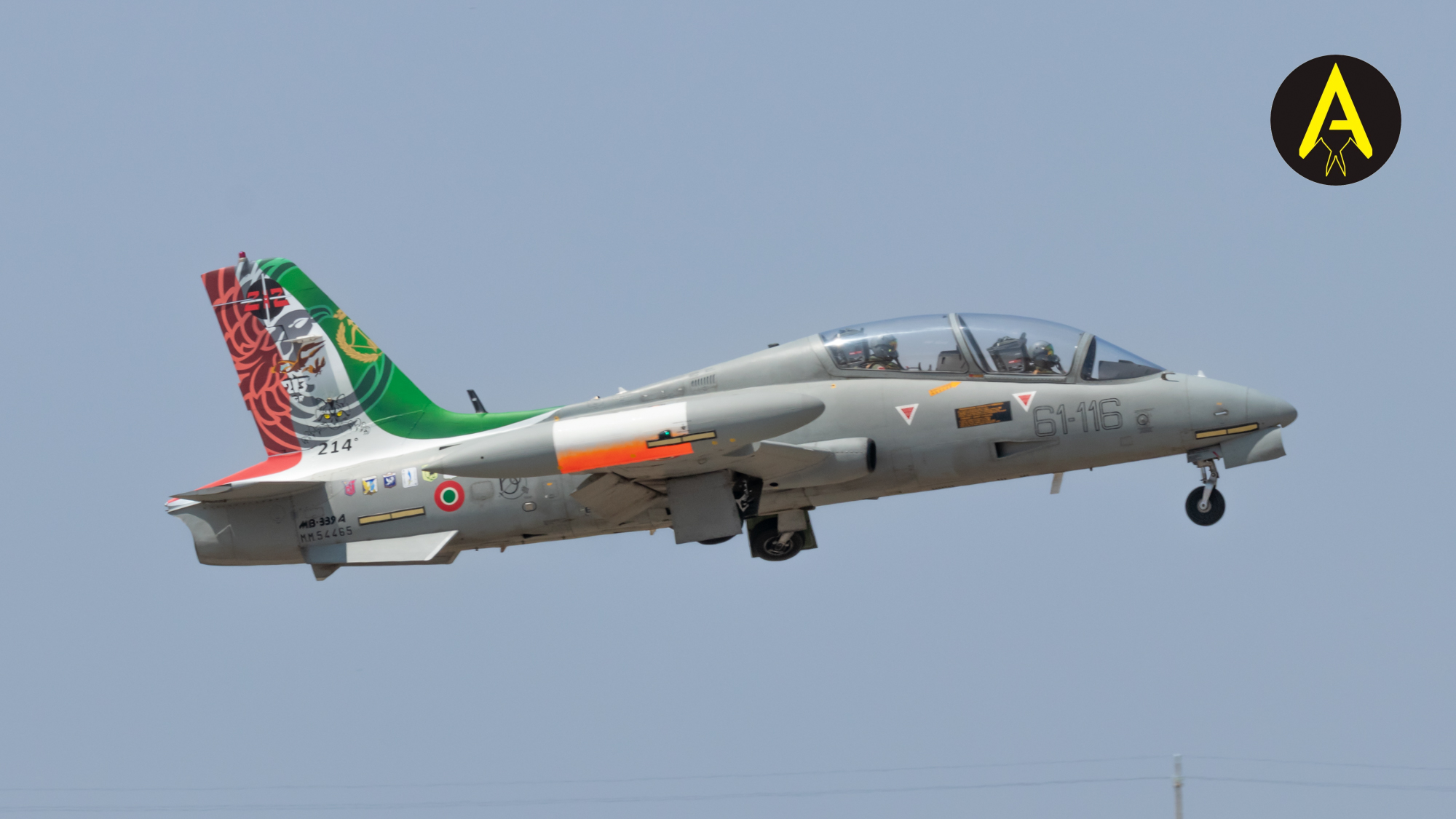


![Inside Honeywell’s plan for a new F-35 cooling system [Video]](https://breakingdefense.com/wp-content/uploads/sites/3/2024/07/8509355-1-scaled-e1721820217290.jpg?#)














